Oki Islands
So, story time. Before going to Japan, I was reading up on Shimane and learned that despite being one of the least populated areas in Japan, and generally being considered a sleepy backwater, the prefecture overflows with legends. Izumo Province, just to the west of Matsue, is home to one of the most ancient and important shrines in Japan. There's a legend that every October, the gods congregate at the shrine to decide who will be born, or die, or get married in the following year. In the rest of Japan, the month is called "the month without gods"; in Izumo, it's known as "the month with gods".
We didn't have time to visit Izumo, but that feeling - the feeling of a land populated by larger-than-life myths rather than people - stayed on my mind as we sailed to the Oki Islands. Lara's boyfriend Theo was teaching on Dōgo, the largest of the Oki Islands, and she wanted to share this beautiful place with us as well.
The Oki Islands are an UNESCO biosphere, located 80 kilometers off the coast, in the sea of Japan. They consist of four larger, inhabited islands, as well as many smaller ones. The islands are volcanic in origin, making interesting and dramatic forms as they jut up out of the seabed.
We drove to the ferry port on Sunday morning. We were the only non-Japanese people in the terminal. Aboard the ferry, there were seats inside and out, but the largest areas were carpeted, with a little ledge between the carpet and the aisle. You left your shoes lined up along the edge of the walkway, and then sat or laid down - small, box-shaped vinyl pillows were available for napping - and settled in for the journey. A lady nearby struck up a conversation with Lara - later, we saw her on the island and she smilingly waved and said hello again.
As we approached Dōgo, we went up top. The ferry's speakers played a jaunty tune. The coastline was lush and hilly, under a low, cloudy sky.

Theo met us as we disembarked. We'd planned to rent a car, but given the holiday weekend, they were booked. We'd been planning on going sea kayaking, but it was too windy. (Probably for the best - I'm still not too comfortable with my kayaking skills.) Instead, we had an okonomiyaki lunch in town, where I also got to try my first traditional Japanese toilet - Lara gave good instructions for flushing with the hose.

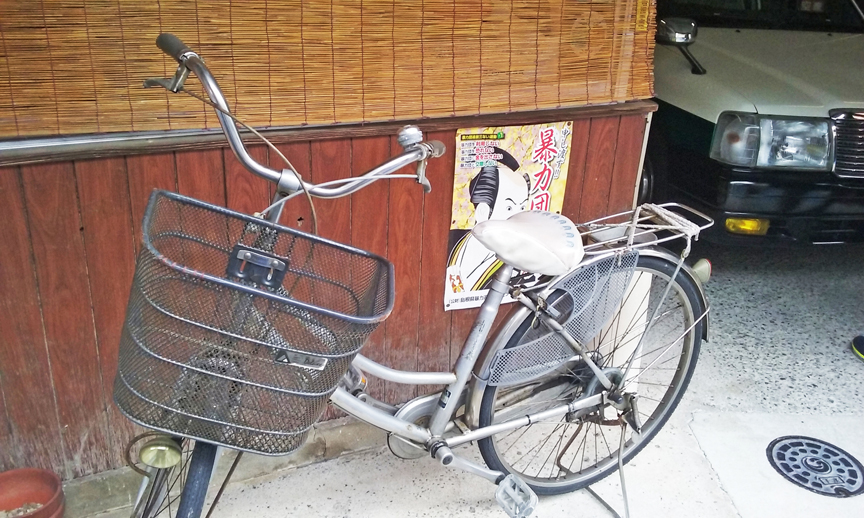
After lunch, Theo had gotten hold of a local friend. We took a taxi, driving past verdant mountains and rice paddies blowing in the wind, before arriving at the farm. It was neat to see a working farm - the Endos raise beef, which the Oki Islands are known for. There was also a cozy farm-to-table restaurant on site, run by the family. Theo's friend Se let us borrow the farm van.



Our first stop was the grocery store, to stock up. We grabbed some snacks and breakfast food. I got a few more cans of chuhai, some of which turned out to be the diet version, ick.
Next, Lara drove us up to the Choshi Dam. The view on both sides was stunning. On taxi ride in, I'd been thinking how perfect a setting this would be for a Nordic Noir-style detective show and this vista sealed the deal. I was plotting it out in my head as we got back in the van and headed up Mount Daimanji.

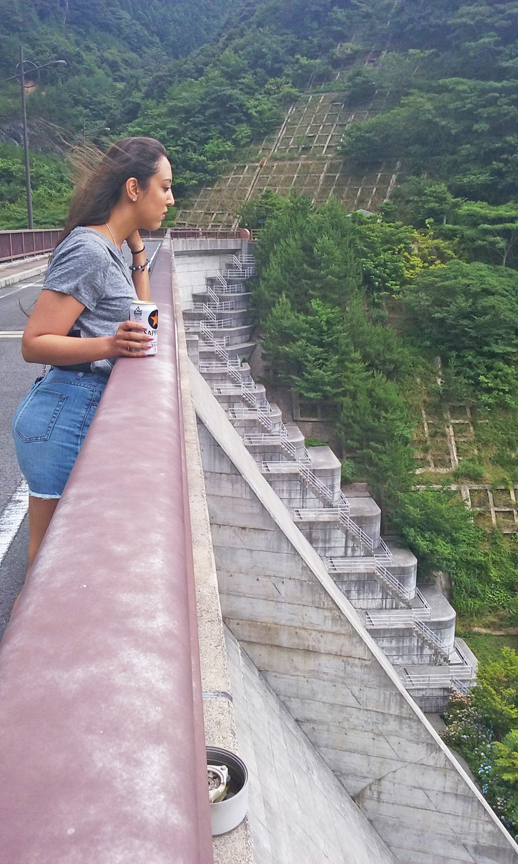


We stopped near the top, parked, and walked to Chichisugi - an ancient Japanese cedar tree that doubles as a shrine. "Chichi" apparently means "breast" - the drooping branches reaching back toward the ground were certainly evocative of the shape of an elderly woman. The tree lives off the damp air - you could feel a cold breeze escaping from gaps around the roots, which stretched down to the road. (We did not climb up to the tree, out of reverence and fear of snakes.) With the thick, green canopy overhead cutting out daylight, the top of Mount Daimanji had a quiet, haunted feel.
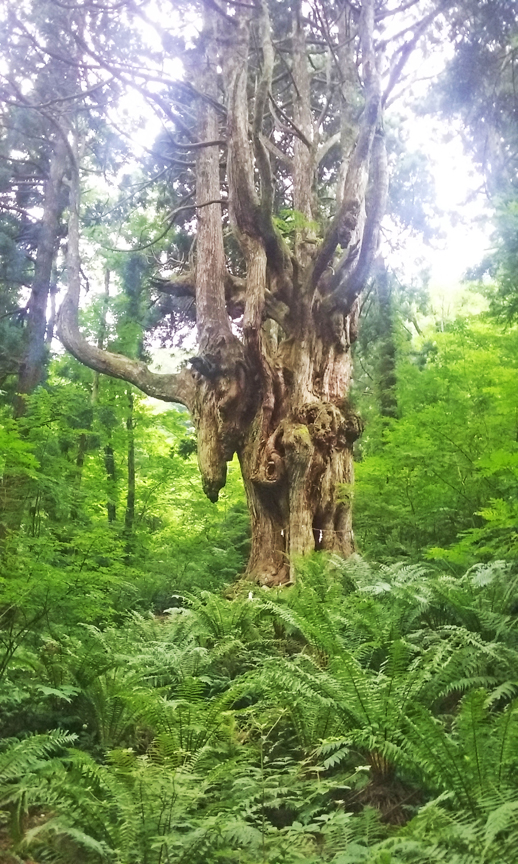
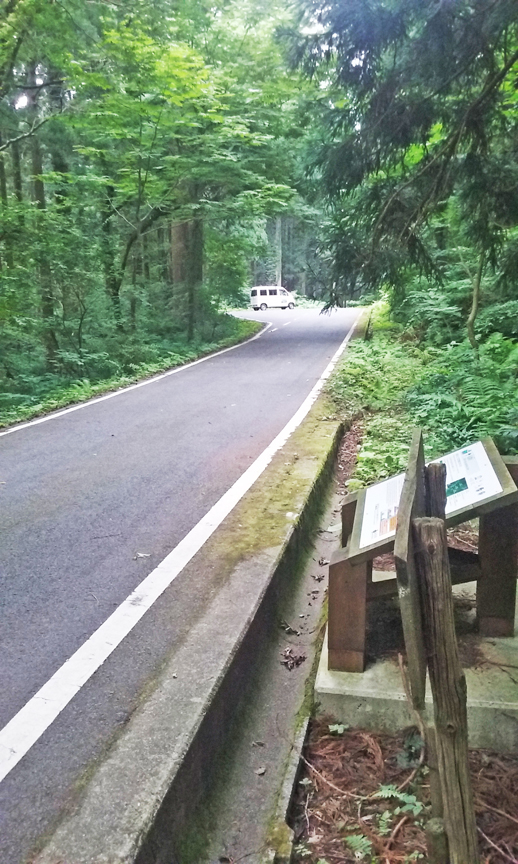
We got back in the van, drove down the windy road and along the coast. Lara and Theo found a small beach between two tunnels and we stopped to swim. It was empty and insanely picturesque with a large, triangular rock formation way out at the mouth of the bay. Lara discovered a snorkeling mask in the back of the van - we used it to spy on schools of tiny fish in the water.



After swimming, we returned to town and had dinner at Ajinokura. It was more upscale than most of the places we'd eaten on our trip, overlooking the water. The menu was varied and local - I finally got my decent sushi. It came with rice, miso soup, a hijiki salad and other pickled veg, and chawanmushi, a savory pudding that Theo said was traditional with a meal set like this. Everything was great - I also had saki, poured to overfill my glass and spill into the small wooden box around it. I think I'd had it that way in New York before and already knew how to drink it, yay!


After dinner, the four of us walked back to Theo's large, beachy apartment to settle in. Then we walked to Yula Yula, a bar on a small side street that had a chill, Grateful Dead-type vibe. Every drink was 500 yen ($5), and the bartender had an amazing selection of flavored liqueurs to mix. Theo gave it a go, mixing a drink for Lara.

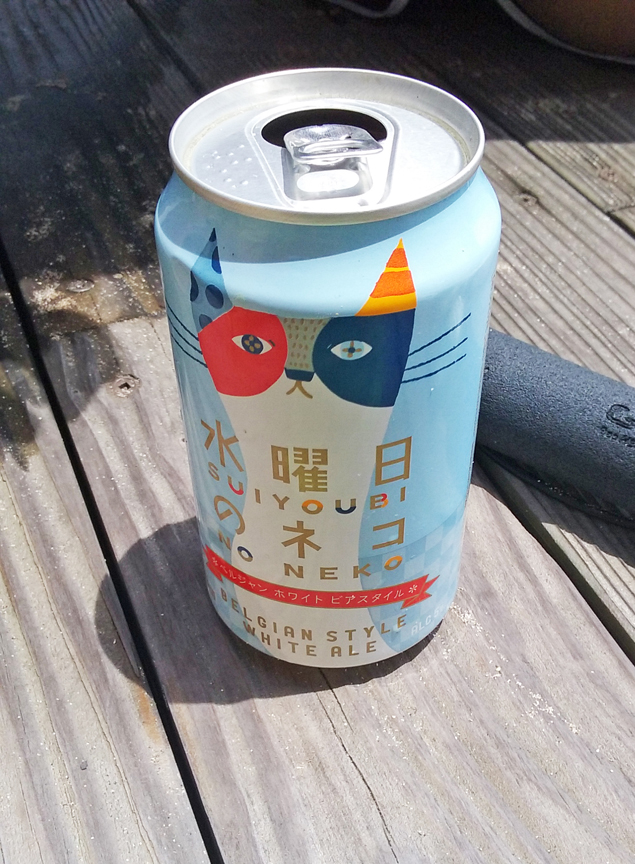

Following a good night's sleep, we returned the van to the Endo farm and caught a taxi to beach. It was larger than the one we'd been to the day before, with a few families and an anchored float out in the middle. A few other JET teachers (and other friends of Theo) were there. Se, headed to the ferry as well, met us at the beach and drove us to the dock. At the port gift shop, he bought each of us a package of curry made with beef from the family farm - so kind! I fixed it on a cold day once I was back home; the curry was delicious.




Dōgo was a gorgeous place that Monica and I only got to scratch the surface of. Sometimes, that's what leaves a more lasting impression.

Comments
Post a Comment